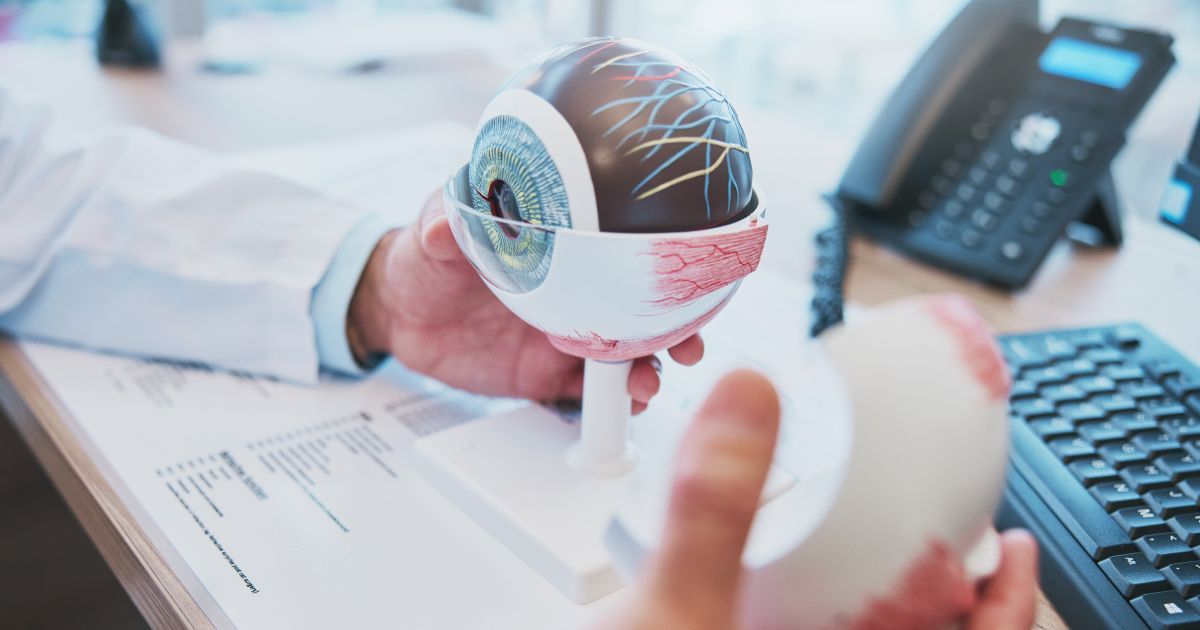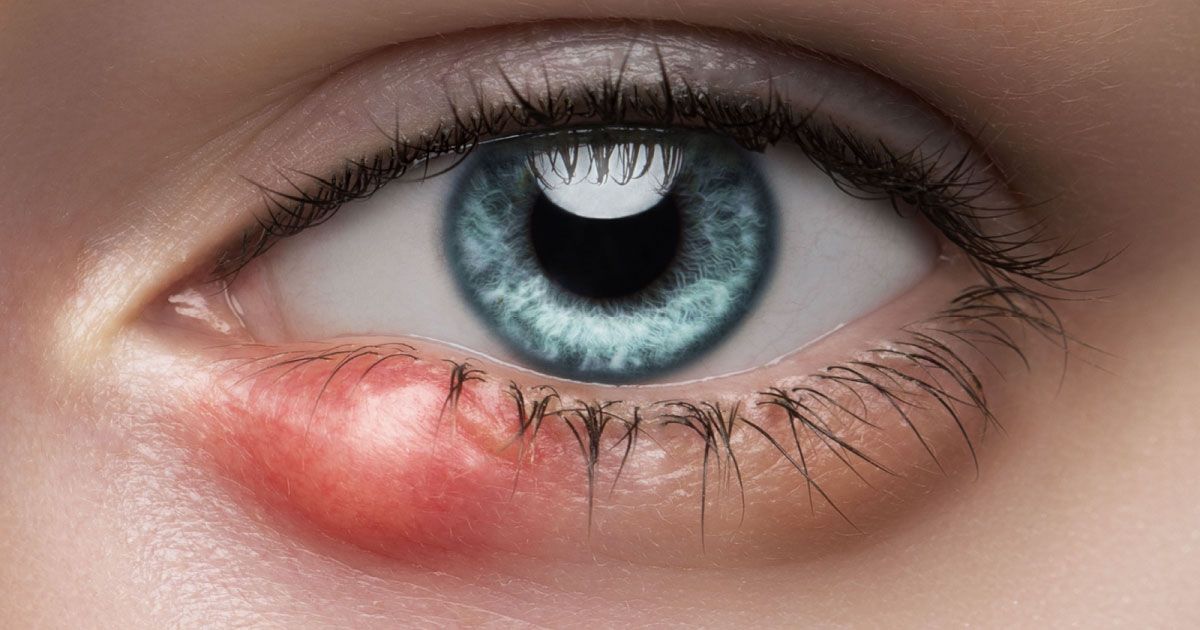The Future of Vision Restoration: Innovations and Breakthroughs

Read time: 4 minutes
Vision is one of the most important senses, helping us navigate and experience the world. Unfortunately, many people face vision loss due to various conditions. The good news is that amazing advancements in medical technology are paving the way to restore vision for those affected.
Advances in Gene Therapy for Vision Restoration
Gene therapy is an exciting field that is promising in restoring vision. It works by fixing or replacing damaged genes in the eye. Many eye diseases, like retinitis pigmentosa or Leber’s congenital amaurosis, are caused by faulty genes. Gene therapy aims to repair these genes, offering hope for people with these conditions.
One approach involves injecting a healthy copy of the gene directly into the eye. This helps the retina produce proteins needed for vision. In some studies, this method has already shown significant improvements. Patients who had little to no vision regained some ability to see shapes and light.
Gene therapy can also slow down the progression of eye diseases. Early intervention might prevent further vision loss, improving the quality of life for many. As research continues, gene therapy might soon become a standard treatment for various genetic eye conditions.
Cutting-Edge Retinal Implants and Devices
Retinal implants and devices are another groundbreaking area of vision restoration. These tiny devices are implanted into the eye to help people with severe vision loss. They work by capturing images and sending signals to the brain, allowing people to see again.
One popular type is the bionic eye. This device includes a small camera mounted on glasses, which captures images. The images are then sent to a retinal implant that stimulates the remaining retinal cells. The brain processes these signals, creating visual images. Some patients with these implants have reported significant improvements in their ability to navigate and recognize faces.
Another innovative device is the retinal chip. This tiny chip is placed directly on the retina and works similarly to a bionic eye, capturing light and converting it into electrical signals. The brain interprets these signals as visual information.
These advancements in retinal technology offer hope to many who suffer from severe vision loss. Continued research and development will likely bring even more effective and accessible solutions.
Revolutionary Stem Cell Treatments
Stem cell therapy is another groundbreaking method gaining traction in vision restoration. Stem cells have the ability to develop into different types of cells, making them an excellent tool for repairing or replacing damaged eye cells. This therapy can potentially treat various eye conditions, such as macular degeneration and corneal damage.
Doctors can harvest stem cells from the patient or a donor. These cells are then injected into the damaged part of the eye. Once there, they start to grow and replace the damaged cells. This process can lead to significant improvements in vision. Some patients have reported better sharpness and clarity in their sight.
Another approach involves using stem cells to create retinal cells in the lab. These lab-grown cells can then be transplanted into the patient's eye. This method is promising for treating retinal diseases that currently have no cure. As research progresses, stem cell treatments may offer new hope for those with severe vision loss.
Wearable Technology Enhancing Vision Restoration
Wearable technology is becoming an essential tool in vision restoration. These devices are designed to be worn daily and help people with low vision improve their sight. They combine advanced tech with user-friendly designs to provide practical solutions.
- Smart Glasses: These glasses come equipped with tiny cameras and sensors. They capture the surroundings and provide real-time audio descriptions or visual enhancements. This helps users navigate and recognize faces or objects.
- Electronic Eyewear: These glasses can adjust lighting and contrast in real time. They help people see better in different lighting conditions, making it easier to read or move around.
- VR Headsets: Virtual Reality (VR) headsets are also being developed for vision therapy. They create a controlled environment where users can practice and improve their visual skills.
These wearable devices offer practical, everyday solutions for people with low vision. By incorporating the latest technology, they provide a new level of independence and confidence.
The Takeaway
The future of vision restoration is promising, with many exciting advancements on the horizon. From gene therapy to retinal implants, stem cell treatments, and wearable technology, these innovations could transform the lives of those affected by vision loss.
Urban Optiks Optometry in San Diego is dedicated to staying at the forefront of these advancements. Our team is always learning about the latest treatments and technologies to offer our patients the best care possible. If you're interested in learning more about how we can help with your vision needs, schedule an appointment today to see one of our talented care specialists. We're here to support you on your journey to better vision.
The information provided in this article is intended for general knowledge and educational purposes only and should not be construed as medical advice. It is strongly recommended to consult with an eye care professional for personalized recommendations and guidance regarding your individual needs and eye health concerns.
All of Urban Optiks Optometry's blog posts and articles contain information carefully curated from openly sourced materials available in the public domain. We strive to ensure the accuracy and relevance of the information provided. For a comprehensive understanding of our practices and to read our full disclosure statement, please click here.
OUR LATEST POSTS
© Urban Optiks Optometry, Inc. 2009-2025
All Rights Reserved
Location
The Cairo Building
3788 Park Blvd, Suite 5
San Diego, CA 92103
Phone: 619.683.2020
Text: 619.683.2020
Fax: 619.683.2111
Email: info@uoosd.com
Hours
Monday: 9 am – 7 pm
Tuesday: 9 am – 6 pm
Wednesday: 9 am – 6 pm
Thursday: 9 am – 7 pm
Friday: 9 am – 6 pm
Saturday: 9 am – 5 pm
Sunday: Closed


















